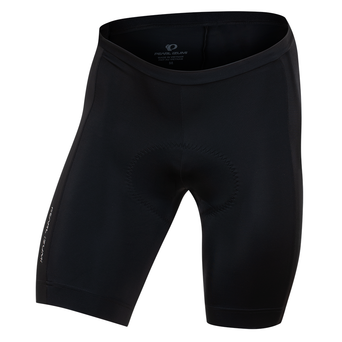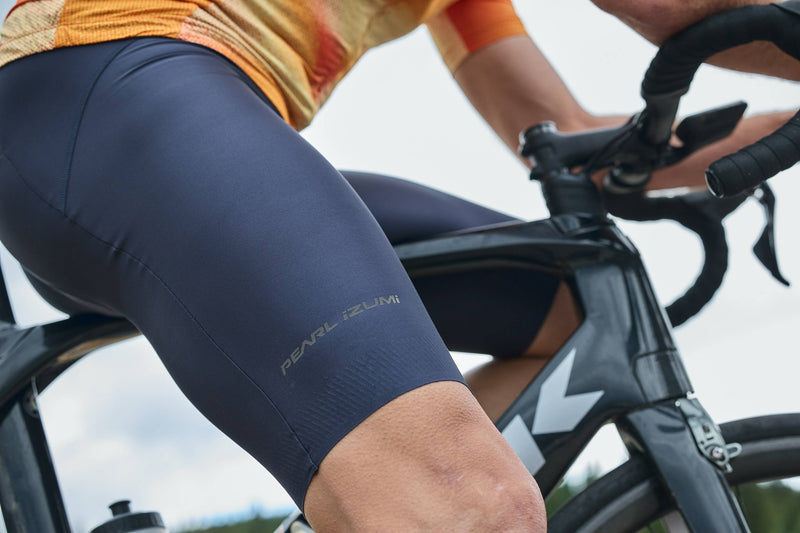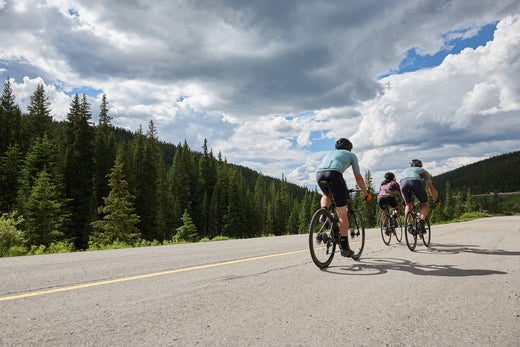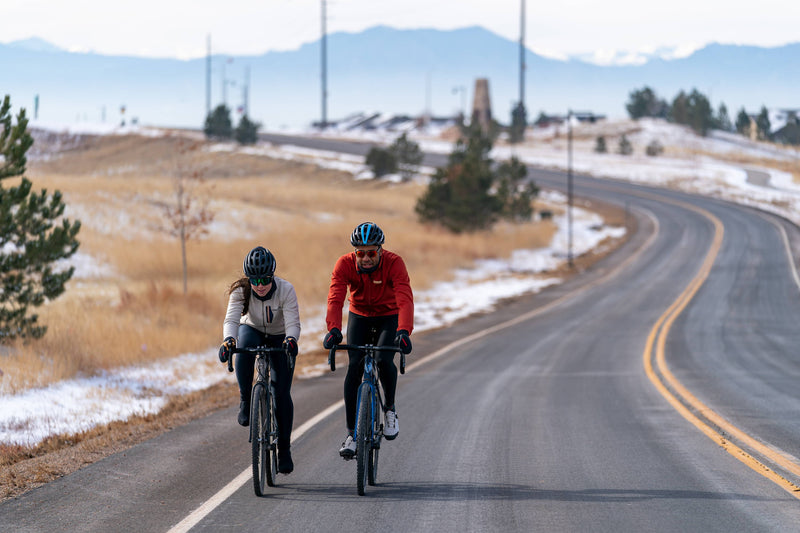When it comes to bike commuting, there is a wide range of options, possibilities, and choices to have a more interesting avenue of getting to work.

And even if you think you live too far from work to commute, a recent study in the UK points out that even if you blend your modes of getting to the office the better your health can be. “All of the observed benefits for both cyclists and walkers increased with the distance traveled. This is important because it means that even if you live too far from your job to cycle the entire distance, your health can benefit if you can ride a bike part of the way each day.” Or take it to the next level and ride more, do more.
To help give a bit of guidance on where to start or what to pay more attention to we talked to two B’s with some pretty good bike commuting chops. Brian Hannon is a master mechanic and frame builder who has owned bike shops in Italy and the U.S. and has been helping people ride to the places they need to go for years. He’s currently the owner of Boulder Bicycle Works in Boulder, Colorado. Billy Finlay, his main mechanic, has been turning wrenches since 2001, including a stint as a race car mechanic. Here are their favorite solutions to a variety of bike commuting decisions.

1. Bike Storage – Before you buy a bike for transportation, consider whether it will be kept indoors or outdoors. Storing a bike outdoors will always shorten its life and require more maintenance, costing you valuable time and money. There are many creative ways to store a bike inside when you don’t have a garage; check a few ideas out here. If a bike must be kept outside, at least try to find a way to protect it from direct rain or snow.
2. One Simple Gear – For that bike forced to live outdoors, or if you commute frequently in bad weather, a singlespeed or even a fixed gear can be an extremely durable solution. Fewer moving parts means much less maintenance. Your local bike shop can help you make a good selection, but a typical option that Brian turns to as a Jamis dealer is the Beatnik. It can be ridden as a singlespeed or a fixed gear with the use of a flipflop hub.
3. Geared for Simplicity – If you like your gears but want the reliability offered by a singlespeed, consider using an internally geared rear hub. Shimano makes several internal hub options from the simple 3-speed Nexus to the high-end Alfine 11-speed. According to Brian, these types of hubs are seen on bikes all over Europe, providing the ultimate in reliability and usefulness.
4. Pedal Powered – And that’s not the end of the story with cool hubs. If you spend a lot of time commuting in the dawn/dusk hours, consider getting your front wheel built around a dynamo hub. This brilliant component uses your pedaling energy to power headlights, taillights, and even your USB devices. You’ll have plenty of light paired with a very reliable hub, and no need to constantly charge accessory lights. There are some aspects to consider when going dynamo.
If you really like to geek out, check out these resources:
What You Need to Know via Momentum Mag
The Best Setup for Dynamo via CyclingAbout
How to Choose a Dynamo Hub via CyclingAbout
5. Fighting Flats – Nothing ruins a good ride to work faster than a flat tire. Especially since Murphy’s Law states that it will happen on the day you’re running late for an important meeting. You can virtually put an end to flats with a commuter tire meant to handle almost anything you roll over. Brian’s favorite is the Schwalbe Marathon Plus. It’s extremely puncture resistant and yet manages to not ride like a balloon full of racquetballs. It’s also available in a wide range of sizes so you’re sure to get a set to roll on your set up.
6. Keep Those Wheels Safe – You’ve invested a good chunk of change in the bike and the time to ride to work, but make sure you’re going to get to ride home. There are ways to compromise any bike lock but there are some better options based on the situation you’re going to be leaving your trusty steed in while you work. Depending on where you’re “parking” for the day will certainly dictate the level of bike security to use. From a simple Ottolock to bomber U-lock, find a balance of security and weight.
7. Easy on the High Beams – Speaking of lights, be sure your headlight is positioned correctly. It should be angled slightly down to illuminate your way without blinding oncoming drivers or cyclists. Today’s lights are very powerful, and keeping them out of others’ eyes can increase safety for everyone. If you’re looking for a complete lighting kit for commuting, BioLite has a great kit that includes a headlamp that fits on a helmet and rear light that attaches easily to bags or pockets for those using bikeshare options instead of a personal bike.
8. Pack It Up – Protecting your belongings from weather rates high on everyone’s list. Brian likes Shimano’s Discover line of bags, which are fully waterproof, including the zippers. There are options for your frame, handlebar, seatpost and top tube. For larger items like laptops, Billy is a fan of Ortlieb backpacks.
9. Say ‘No’ to Splashback – Fenders are a small addition that pays huge dividends in keeping you and your pants free from road splatter. Don’t forget the front tire, too. Full coverage is the best option for commuter bikes, but there are many styles out there.
10. Which Way to Go? – Choosing the best route to your destination can be tricky, depending on whether you want the quickest, the safest, or the most scenic journey… wait, can those be combined?? Many cities print free maps showing commuter routes, or you can dig in on Strava heat maps to see the routes other cyclists are using. This is an awesome resource if you use public bike share while traveling, too. If you’re into finding the ideal routes and want to help other riders doing so, check out the app LaneSpotter in your phone’s app store.





